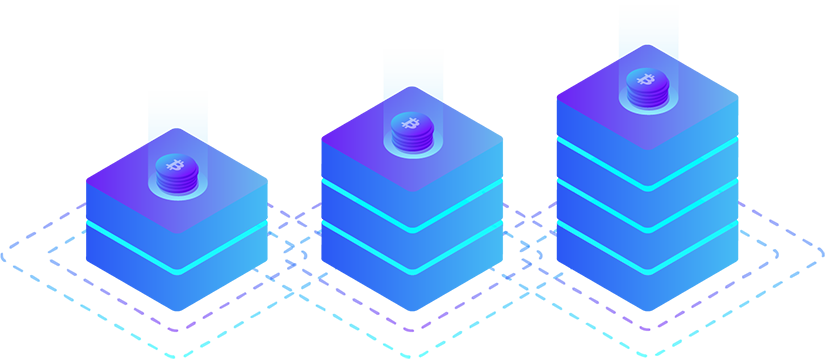
Moonmath, A Gateway to zk-SNARKs and Cryptographic Innovation
Modern cryptographic proofs, privacy always!
Moonmath refers to the complex yet crucial mathematical foundations underpinning modern cryptographic proofs, particularly zero-knowledge succinct non-interactive arguments of knowledge (zk-SNARKs). These proof systems enable someone (the prover) to convince another party (the verifier) that a statement is true without revealing any further information.
You can download the book for free here:
https://github.com/LeastAuthority/moonmath-manual/releases/latest/download/main-moonmath.pdf
Despite their importance, zk-SNARKs have often been considered esoteric or “magical,” especially by developers new to cryptography. This perception has historically hindered broader adoption of these powerful technologies, essential for enhancing privacy, scalability, and trust in blockchain environments.
The Moonmath Manual aims to break down these perceived barriers by:
- Introducing basic number theory concepts, like integers, modular arithmetic, and prime numbers.
- Progressively expanding into abstract algebra: covering groups, rings, fields, and elliptic curves.
- Teaching how elliptic curves (especially pairing-friendly ones like BLS66) are fundamental to the construction of zk-SNARKs.
- Explaining how constraint systems (like R1CS and QAPs) encode computational statements into a form suitable for zero-knowledge proofs.
- Detailing a hands on, pen and paper approach, allowing beginners to build simple zk-SNARKs by hand before tackling real-world implementations.
Rather than overwhelming readers with formal proofs or heavy abstraction, Moonmath uses example driven learning and interactive exercises. This helps build practical intuition about difficult concepts, empowering even non-experts to engage confidently with cryptographic development.
Understanding Moonmath is essential for:
- Designing zk-SNARK circuits for blockchain scalability and privacy.
- Building smart contracts with advanced security guarantees.
- Contributing to next generation decentralized applications and Web3 ecosystems.
It bridges the gap between theoretical cryptography and practical development, aiming to democratize access to cutting edge cryptographic techniques.
